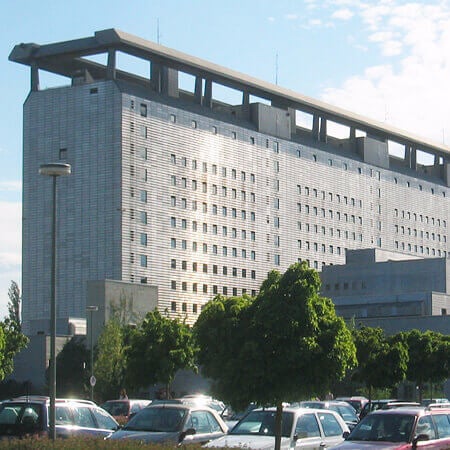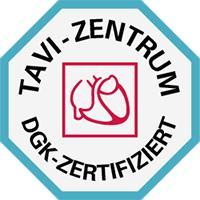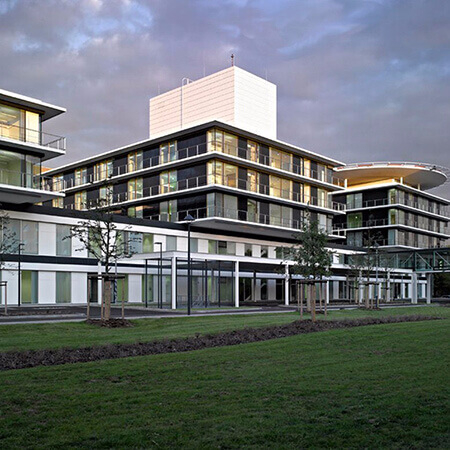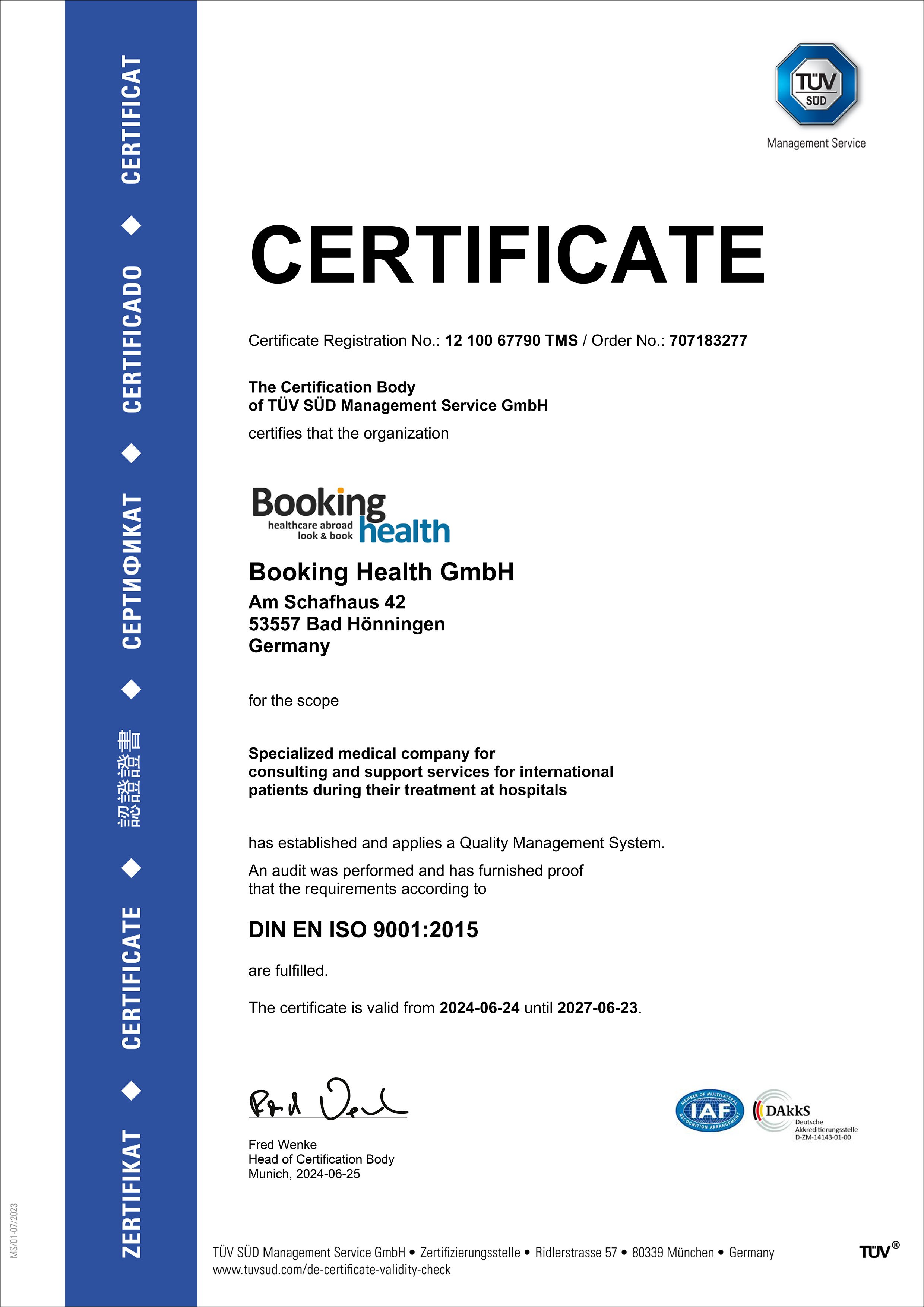Cardiomyopathy is a group of cardiovascular diseases, which lead to heart failure. The term encompasses many conditions that are not associated with valvular heart disease and coronary artery disease. The most common forms of cardiomyopathy are dilated and hypertrophic. They can be successfully treated abroad. Doctors use not only standard surgical interventions, but also minimally invasive procedures performed through the vessels in the leg: without incisions on the thorax, and with virtually no risk to the patient's health.
Content
- Types of cardiomyopathy
- Changes in the heart due to hypertrophic cardiomyopathy
- Treatment of hypertrophic cardiomyopathy
- Treatment methods for dilated cardiomyopathy
- Why is it worth undergoing treatment abroad
- Treatment in Europe at an affordable price
Types of cardiomyopathy
There are 5 groups of cardiomyopathies:
- Hypertrophic.
- Dilated.
- Restrictive.
- Arrhythmogenic right ventricular.
- Other (unclassified) cardiomyopathies.
This classification reflects the mechanism of pathological changes in the heart muscle.
Hypertrophic cardiomyopathy. This pathological condition is characterized by a thickening of the myocardium. This congenital disorder is caused by genetic mutations. Less commonly, hypertrophic cardiomyopathy develops as an acquired disease, but in this case changes in the heart are usually reversible. After specific treatment (for example, elimination of endocrine disorder) and lifestyle modification, the thickness of the myocardium decreases.
Hypertrophic cardiomyopathy is diagnosed if the wall of the left ventricle is thicker than 1,5 cm. The genetic form of the disease usually progresses. Over time, it leads to mitral valve damage, left ventricular outflow tract obstruction, and severe heart arrhythmias. At the same time, there are also favorable forms of pathology, in which patients do not feel any signs of deteriorating health due to the thickening of the myocardium.
Dilated cardiomyopathy. The pathology is characterized by the expansion of the heart cavities not associated with coronary artery disease, hypertension, pericarditis, or valvular heart disease. In 25% of cases, the pathology is congenital, while in 75% of cases, it is acquired. The main causes are previous myocarditis, autoimmune diseases, infections, sarcoidosis, storage diseases, endocrine disorders, obesity, alcohol, and toxins.
Restrictive cardiomyopathy. This disease is extremely dangerous for health. Myocardial contractility may be normal, but diastole filling with blood worsens due to increased myocardial stiffness. The condition may have many causes, such as genetic mutations, diabetes mellitus, myocarditis, radiation therapy, infiltrative pathologies, drugs, poisons, fatty heart. The form of pathology is unfavorable. The heart is usually permanently damaged, so patients need surgery for organ transplantation.
Arrhythmogenic right ventricular cardiomyopathy. The pathological condition is characterized by a cicatricial and fatty degeneration of the heart muscle, which leads to severe arrhythmias. The right ventricle is primarily affected, but then the left one may also be involved. This is usually a congenital pathology. Less commonly, it develops as a result of myocarditis. Arrhythmogenic right ventricular dysplasia is hazardous to health due to the risk of life-threatening arrhythmias. This disease is the cause of 20% of all cases of sudden cardiac death in athletes.
Changes in the heart due to hypertrophic cardiomyopathy
Hypertrophic cardiomyopathy causes the thickening of the heart, primarily the left ventricle. This is the area where the mitral valve is located. Its function is often impaired. As a result, valvular insufficiency usually develops.
Pathological changes may affect the following structures:
- Mitral valve leaflets. The length of the leaflets often increases. The anterior leaflet is damaged.
- Fibrous ring. This is the opening between the atrium and the ventricle, inside which the valve leaflets are closed. Calcium salts are deposited in it. The opening is often deformed during systole.
- Chordae tendineae. They retain the mitral valve leaflets. Due to hypertrophic cardiomyopathy, they often become weak, elongated or detached.
- Papillary muscles. They thicken, fuse, shift, split, and cicatrize.
Over time, obstruction of the exit area of the left ventricle is possible due to an increase in myocardial mass. This form of pathology is called obstructive. It is more severe and requires surgical treatment.
Since the myocardium becomes too thick and dense, it cannot relax completely during diastole. As a result, the filling of the heart with blood worsens. Despite the preservation of systolic function, blood circulation is affected, since the volume of blood that the heart pushes into the vessels of the systemic circulation decreases.
Treatment of hypertrophic cardiomyopathy
Hypertrophic cardiomyopathy does not always require treatment. It may not manifest itself for a long time. Only 15% of patients develop heart failure during their lifetime. The risk of sudden cardiac death does not exceed 1% per year.
However, in case of left ventricular outflow tract obstruction and mitral valve damage, the disease progresses, heart failure develops, and symptoms appear. For some time, the doctors can deal with them using conservative treatment methods, with the help of medication. However, they do not affect patient survival rates, but only improve the quality of life.
The long-term results can only be achieved with surgical techniques. Medical specialists in Europe offer the following surgical interventions:
Septal myectomy. It is considered the "gold standard" in the treatment of hypertrophic cardiomyopathy. The doctor makes a depression in the septum between the ventricles. As a result, blood flows normally from the left ventricle to the aorta, and mitral regurgitation (reverse blood flow from the ventricle to the left atrium) also decreases. The surgical intervention results in symptom relief and exercise tolerance improvement.
Alcohol (ethanol) septal ablation. According to the recommendations of the European Society of Cardiology, ethanol septal ablation can be used along with surgical myectomy. It ensures comparable results. The exception is cases when the patient has other comorbidities, which require open surgery. The patients suffering from hypertrophic cardiomyopathy most often require mitral valve repair or replacement.
As a rule, alcohol septal ablation can be performed in the following cases:
- Patients with 3rd-4th functional classes of heart failure.
- Patients with fainting or chest pain, with 2nd functional class of heart failure.
- Persistence of symptoms despite optimal drug therapy (beta-blockers, calcium blockers).
Unlike surgical septal myectomy, this is a minimally invasive procedure. It is performed with access through the blood vessels in the leg. Doctors use ethanol injections to disrupt the blood supply to the hypertrophied area of the myocardium and create an area of myocardiosclerosis.
The procedure has one drawback: the risk of developing an atrioventricular block reaches 20%. The patients with severe AV block require the implantation of an artificial pacemaker. The risk of complication depends on the experience and professionalism of the physicians who perform septal alcohol ablation. The risk of AV block will be several times lower when choosing the centers that perform at least 50 such procedures per year.
Radiofrequency septal ablation. This is a similar treatment method, which uses electromagnetic waves with thermal effects instead of ethanol. The advantage of the method is the reduced risk of AV blocks. Doctors map the cardiac conduction system so as not to damage it during the procedure.
Pacemaker implantation. This treatment option is rarely used. It can be carried out only in cases when other treatment methods are not possible: surgery is contraindicated for the patient, and minimally invasive treatment cannot be provided due to the increased risk of atrioventricular block. In this case, the patient undergoes a procedure for the implantation of the dual-chamber pacemaker. It quickly relieves symptoms and improves the patient's condition, but long-term results are worse than after surgical treatment. The pacemaker is placed under the skin of the thorax, and two leads are inserted into the heart through the vessels. One is placed in the right atrium, the other one is inserted into the right ventricular apex.
Implantable cardioverter-defibrillator placement. This method is used to prevent sudden cardiac death, which occurs as a result of severe arrhythmias. The indication for the placement of the implantable cardioverter-defibrillator is at least one episode of severe ventricular tachycardia or ventricular fibrillation. The cardioverter-defibrillator can be combined with a pacemaker. The device constantly monitors the heart rhythm, and in the case of arrhythmia, it generates an electric shock that restores normal sinus rhythm.
Treatment methods for dilated cardiomyopathy
Dilated cardiomyopathy is more severe than hypertrophic cardiomyopathy. Its treatment is more complicated. The following treatment methods are used abroad:
- Drug therapy to eliminate heart failure, lifestyle modification.
- Implantable cardioverter-defibrillator placement. The device helps the patient to reduce the risk of sudden cardiac death.
- Cardiac resynchronization therapy assumes the implantation of a pacemaker with three leads. One of them is placed in the right atrium, and two others in the right and left ventricles. These leads provide synchronous contraction of the heart chambers and increase the efficiency of hemodynamics.
The surgical interventions to reduce the volume of the left ventricle can rarely be performed. It is excised or doctors use corsets, which squeeze the ventricle from the outside.
Some hospitals use experimental treatment methods, including those with stem cells.
To improve heart function, it is necessary to eliminate concomitant pathology, for example, correction of acquired valvular defects or treatment of coronary artery disease.
In the most severe cases, mechanical circulatory support devices are used. The patients undergo the implantation of an artificial ventricle or an artificial heart. Whenever possible, a heart transplantation from a donor is performed after a few months. If the patient is not a suitable candidate for transplantation, then mechanical circulatory support devices are used as the main treatment for dilated cardiomyopathy. The surgical intervention to implant an artificial heart or an artificial ventricle can give a person a few more years of active life.
Why is it worth undergoing treatment abroad
To undergo treatment of cardiomyopathy, you can go abroad, to one of the countries with advanced medicine. Treatment in Europe is safe for health, effective and at the same time minimally traumatic. Doctors successfully cope with even the most severe types of heart disease.
There are several reasons for you to undergo medical treatment abroad:
- Your health will be in the safe hands of the world-renowned doctors.
- High-precision diagnostics allows the doctors to determine the cause of cardiomyopathy in order to eliminate it, if possible, and improve the heart function.
- The treatment of obstructive hypertrophic cardiomyopathy involves the use of minimally invasive procedures instead of open-heart surgery: alcohol and radiofrequency septal ablation.
- Minimal risk of complications after the treatment of hypertrophic cardiomyopathy, including atrioventricular block.
- Almost zero risk of severe complications of alcohol septal ablation: perforation of the interventricular septum and aortic regurgitation.
- Significant successes are achieved even in the treatment of severe types of cardiomyopathies, such as dilated or restrictive cardiomyopathy.
- The most complex operations are used for severe irreversible heart failure: implantation of an artificial ventricle, an artificial heart, heart transplantation.
If you are going to be treated abroad, in one of the best European hospitals, you can be sure that your health will be in good hands: the methods of cardiomyopathy treatment used abroad are modern, reliable, and minimally invasive, whenever possible.
Treatment in Europe at an affordable price
To undergo treatment in one of the European hospitals, you can use the services of the Booking Health specialists. On our website, you can see the cost of treatment in Europe, compare prices and book a medical care program at a favorable price. Treatment in Europe will be easier and faster for you, and the cost of treatment will be significantly lower.
You are welcome to leave your request on the Booking Health website. Our consultant will contact you within 24 hours. The medical tourism facilitator from the Booking Health company will organize your trip for treatment in Europe. We will provide the following benefits for you:
- We will choose a hospital for treatment in Europe, whose doctors specialize in the treatment of cardiomyopathy and achieve the best results.
- We will help you overcome the language barrier and establish communication with your attending physician.
- We will reduce the waiting time for the medical care program. You will receive medical services on the most suitable dates.
- We will reduce the price. The cost of treatment in European hospitals will be lower due to the lack of overpricing and additional coefficients for foreign patients.
- We will solve all organizational issues, such as paperwork, booking a hotel room, transfer from the airport to the hospital. An interpreter will accompany you abroad.
- We will prepare a program and translate medical documents. You do not have to repeat the previously performed diagnostic procedures.
- We will help you keep in touch with the hospital after the completion of treatment in Europe.
- We will organize additional diagnostic examinations and treatment in a European hospital, if required.
- We will buy medicines abroad and forward them to your native country.
The world's leading doctors will take care of your health. The Booking Health specialists will help reduce the cost of treatment, organize your trip, and you will only have to focus on restoring your health.
Authors: Dr. Vadim Zhiliuk, Dr. Sergey Pashchenko

















